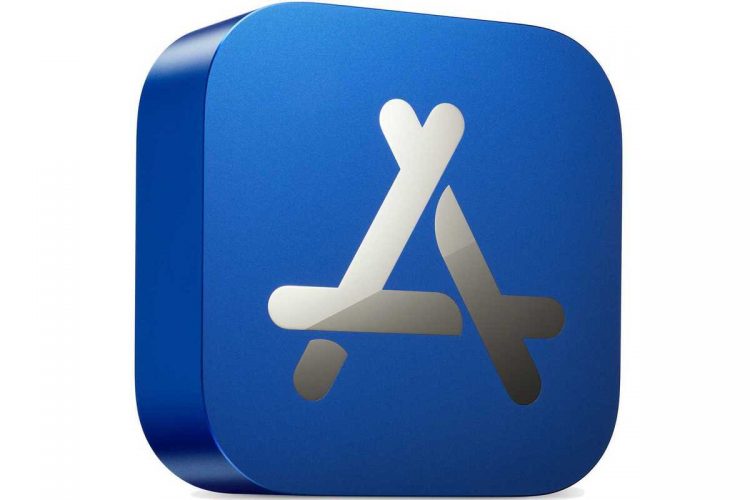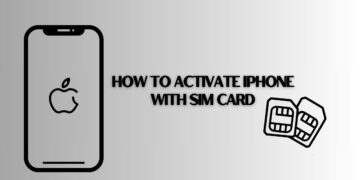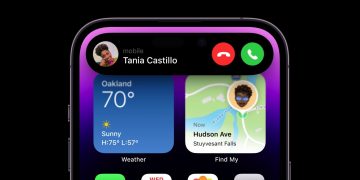With hundreds of thousands of available apps, Apple’s App Store is the core dispensary for software applications across all its computing platforms. The store already has multiple ways in which it can support enterprise users, but there is work to do.
What Apple does provide is good
Apple offers a lot already.
- The Apple Developer Enterprise Program lets large organizations build their own apps internally and then deploy them privately to employees.
- Apple Business Manger lets developers distribute apps to specific clients or internally; organizations can then manage app distribution internally using MDM or special redemption codes.
- Apple has TestFlight and its own MDM system, Apple Business Essentials, which can also be used to manage app distribution remotely across Apple devices.
- Apple also has its Apps and Books Program in which enterprise and education customers can purchase bulk quantities of items for workforces.
The problem is that not every app developer wants to make their apps available via any of these business-focused schemes. They may be selling perfectly great apps with premium features that can be unlocked by subscription, but Apple Business Manager doesn’t support subscription payments. They may also be offering apps with useful features that must be unlocked through in-app purchase.
Finding a new way to license software
Most big businesses like to license software rather than purchase it on an ad hoc basis. They don’t want to urge staff to install apps one at a time and then reimburse them; they want to gain console level oversight of what apps are being used, and by whom, to stay on top of costs and to ensure licenses are being used by staff.
That need for oversight means larger organizations managing mass deployments remain wedded to the licensing model. A company may purchase hundreds of licenses for business-critical apps and will probably manage who is assigned those licenses using existing device management solutions.
[Also read: 10 lesser-known iOS 16 features to make work easier]
For most developers lacking a substantial presence in enterprise markets, this probably isn’t much of a problem. Others, with a significant presence, may already sell their apps in standalone form via the Enterprise or Apps and Books programs.
What developers can do
There are two easy approaches developers can take if they want to reach these customers. They can create Pro versions of their apps that include all the in-app purchase improvements they provide (which can then be made available via Apps and Books).
They can also create custom that which are available only to named organizations via Apple’s Apps and Books program. If you want, you could even customize the apps to reflect your client’s corporate branding.
The thing is, developers that aren’t spending time figuring out how to meet the needs of Apple’s growing congregation of enterprise users are leaving money on the table.
Apple could try to find a way to make this easier, I suppose. Doing so would almost certainly require the creation of a new API designed to allow IT admins to purchase software from the App Store remotely and then deploy it to assigned devices using their MDM console. Apple’s focus on privacy logically means that process needs to be managed discreetly, with the MDM system the connection between the payer (the business customer) and the end user (the employee).
Is this worth doing?
I think it is worth doing. We know for certain that Apple is a growing force in the business world. That means there are more potential customers. And that means that if you have an app, even a smaller app, that you know business users are installing, it makes sense to do what it takes to ensure your software is sold in a way that matches corporate buying processes.
The advantage is clear: developers would be able to reach new audiences and sell their apps at scale. Apple should be similarly motivated to make it easy for small developers to sell apps in quantity to large enterprises. It’s clear it is thinking about the needs of that market – it recently introduced a new feature that supports the installation of non-App Store apps on managed Macs, after all.
Please follow me on Twitter, or join me in the AppleHolic’s bar & grill and Apple Discussions groups on MeWe.
Copyright © 2022 IDG Communications, Inc.
Source by www.computerworld.com






























